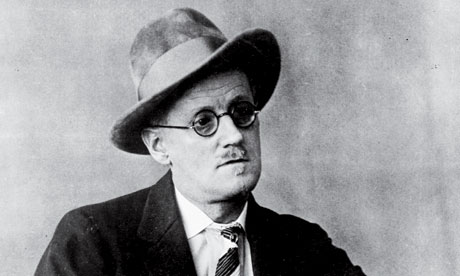David McCullough just demonstrated how little I knew about these two important brothers and their unknown sister. Almost everyone remembers that they made bikes and flew the first flight at a place called Kittyhawk. And that is all most of us know.
But there was much more to their story than waking up and telling each other, lets build a flying machine. They did research, they connected with the leading men in the small aviation world, and they did prototypes and gliders.
They not only built a plane, they also learned how to fly. They used gliders to hone their skill and they build small scale wind tunnels to test ideas. These men were engineers and scientists as well as the first pilots.
Then the big moment happens and the first reaction in the US was a yawn, but this did not discourage them. They believed in what they were doing and even though they had to travel to France to get the encouragement they needed and some financial reward, they knew that eventually the US would discover and act on their work.
Their persistence with their own time and their own money to build this plane was amazing and well documented in a McCullough classic. No write today does research better than this author and the writing is so clear and factual that you finish the book feeling like you know the subject.
Well organized and thorough, flight is the fourth character in this book, its early history and people like Langely who headed the Smithsonian and had lots of money and resources, but was secretive and did not share with the brothers and Octave Chanute, born in Paris, an American Civil Engineer, who did encourage and share his knowledge are part of the flight story.
Wilbur and Orville Wright almost come out as one character. They were so close and stayed that way, unmarried except to their project, we start to see the subtle differences in the two dedicated men.
And ultimately the cast of characters will have the man they hired to run the shop and do their mechanical engineering as well as the sister who takes a prominent role after the flight.
The final important character is their father, the bishop, who is in the background of the story, yet is the key to the inspiration through a toy he gave the boys when they were young.
Great read and
 Another fascinating book by Ehrman who, like me, is agnostic and was once "born again". I love his history and the facts that he garnered as a minister, clergy, educator. His realization that the stories and the God concepts do not hold together has not diminished his curiosity and his search for historical perspective.
Another fascinating book by Ehrman who, like me, is agnostic and was once "born again". I love his history and the facts that he garnered as a minister, clergy, educator. His realization that the stories and the God concepts do not hold together has not diminished his curiosity and his search for historical perspective.  Hemingway in Paris is more than a companion to Shakespeare and Company and A Moveable Feast, it is almost the essential Hemingway book. Reynold's amazed me with the details and the understanding that cover these years of writing that could be called the apprenticeship. It details the difficulty of the writer in getting his voice and getting it published.
Hemingway in Paris is more than a companion to Shakespeare and Company and A Moveable Feast, it is almost the essential Hemingway book. Reynold's amazed me with the details and the understanding that cover these years of writing that could be called the apprenticeship. It details the difficulty of the writer in getting his voice and getting it published.


 As a follow up to Shakespeare and Company by Sylvia Beach and A Moveable Feast by Hemingway, this completes a set - each perspective a little different, but the players the same - at least the major ones. Callaghan does not make it into the other two books, but his role and interactions with Scott and Hemingway are fascinating and his insights into the Paris scene add to my overall impression of this creative age.
As a follow up to Shakespeare and Company by Sylvia Beach and A Moveable Feast by Hemingway, this completes a set - each perspective a little different, but the players the same - at least the major ones. Callaghan does not make it into the other two books, but his role and interactions with Scott and Hemingway are fascinating and his insights into the Paris scene add to my overall impression of this creative age.





